Class of 2019 | delgj@wharton.upenn.edu
On March 18, 1938, Mexican President Lázaro Cardenas expropriated the assets of nearly all of the foreign oil companies operating in Mexico. Later, he created Petróleos Mexicanos, or Pemex, a state-owned oil firm that held a monopoly over the Mexican oil industry and prevented all foreign oil companies from operating in Mexico. Now, nearly 80 years later, current President Enrique Peña Nieto is on the brink of one of Mexico’s most radical economic changes in the last five decades. As part of his campaign for presidency in 2012, Peña Nieto promised several economic overhauls in monopolized sectors such as telecommunications, oil, and electricity, along with drastic changes in education, finance, and fiscal policy. In 2013, Peña Nieto succeeded in formalizing constitutional amendments that would open Mexico’s oil, gas, and electricity industries to private investment from domestic and foreign investors.
So why would Peña Nieto tear apart something so ingrained in Mexican culture? Simple: Pemex has been struggling. Pemex’s production has fallen from the peak of 3.4M barrels per day in 2004 to 2.26M bpd last year and has continued to downtrend since. Mexico’s biggest and once one of the world’s most abundant oil fields, known as Cantarell, has seen its production freefall from 2.2 M bpd in 2003 to under 400,000 bpd today. During the same period, however, Pemex’s investments have doubled. 2014’s oil crash resulted in Pemex losing $18 billion on revenues of $108 billion. Pemex now carries more than $150 billion in total long-term liabilities, which is especially negative for a company that gave nearly half its revenues to the state in 2014 to provide for about 20% of government expenditures. The one key objective of this reform is to boost Mexico’s oil production in tandem with increasing oil prices. Experts agree that Mexico has vast offshore oil reserves as well as shale gas potential in northern regions along the Texas border. However, Pemex lacks the resources and expertise to develop these reserves, so Peña Nieto’s reform was the best way to enhance development and increase production.
The energy reform is designed to allow private sector involvement in attractive fields by providing licenses, profit-sharing, production-sharing, and services contracts granted by the government either directly or in association with Pemex. Once the legislation was approved by congress, the state planned a series of bidding rounds through 2019 that would include a total of 670 exploration areas and 244 fields already in production. Since then, Mexico has held three bidding rounds and has auctioned off 30 exploration zones to companies such as BP and Eni, an Italian oil multinational. Companies that placed bids in the first few rounds of auctions include Nexen Energy Holdings of China, Statoil of Norway, ONGC Videsh of India, and Hunt Overseas Oil Company of Texas. The only two blocks that were successfully auctioned off in the first round went to Sierra Oil and Gas of Mexico, Talos Energy from Houston, and Premier Oil of Britain. The Mexican government will receive 56% of operating profits from one block and 69% of profits from the other.
On Monday, December 5, the Mexican government held the most successful round of auctions so far. In this auction, the government offered ten separate blocks of offshore territory estimated to hold 11 billion barrels of oil and managed to sell off eight blocks to companies such as Total of France, Exxon Mobil, and Chevron. The China National Offshore Oil Corporation won two blocks in the auction as well, further increasing their presence in Latin America. In a separate auction, BHP Billiton agreed to pay $624 million, $18 million more than BP’s bid, to team up with Pemex to develop a field called Trion, marking the first-ever joint venture in Pemex’s 78-year history. These deep-water reserves will not produce significant amounts of oil until at least a decade from now, but the sheer size and quality of companies fighting over these territories point to the shared optimistic outlook on oil prices increasing in the long-term. All companies with winning bids ended up paying premiums for their given blocks, betting heavily that an increase in oil prices will allow them to profit from the high-cost deep-water projects. All in all, these companies are expected to invest over $40 billion into developing these reserves and are now greatly positioned to profit in the long run and boost Mexico’s economy in the process.
Figure 3: Mexico Crude Oil Production


